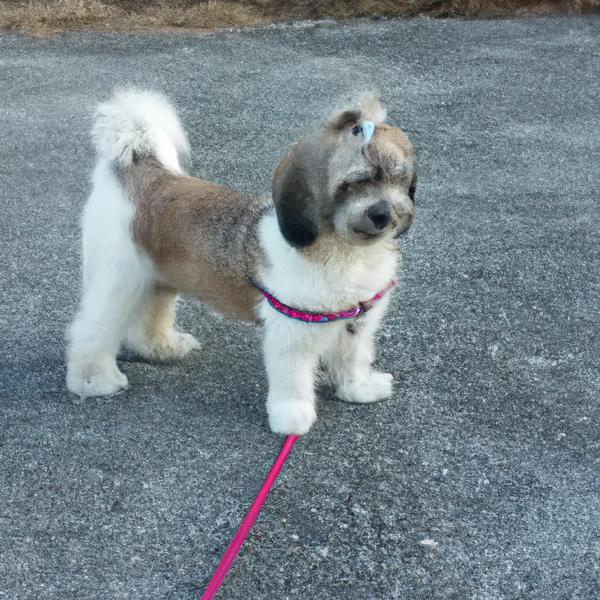Papitese vs. Bull Chow Terrier: Breed Differences and Similarities
Hypoallergenic
Are Papiteses or Bull Chow Terriers hypoallergenic, or neither?
Unfortunately, neither Papitese nor Bull Chow Terrier are hypoallergenic, which may not make them the best choice for dog lovers who suffer from pet allergies.
Temperament
What are the personalities of Papitese and Bull Chow Terrier dogs?
Active
Playful
Happy
Energetic
Alert
Intelligent
Friendly
Responsive
Docile
Gentle
Tempered
Sweet
Easygoing
Active
Aloof
Independent
Protective
Intelligent
Loyal
Tempered
Sweet
Trainable
Keen
Quiet
Detached
Shedding Level
Do Papiteses shed more than Bull Chow Terriers, or which breed sheds more, Papiteses or Bull Chow Terriers?
Papiteses shed very little hair, making them a great choice for those who dislike excess hair in the house.
Bull Chow Terriers are heavy shedders, but regular brushing can help manage shedding and promote a healthy coat.
Origin
What is the origin of Papitese and Bull Chow Terrier dog breeds?
United States
United States
Ancestry
What are the origins of Papitese and Bull Chow Terrier breeds?
Papillon, Maltese
Bull Terrier, Chow Chow
Breed recognition
Which kennel clubs recognize/register Papitese and Bull Chow Terrier?
ACHC = American Canine Hybrid Club
DBR = Designer Breed Registry
DDKC = Designer Dogs Kennel Club
DRA = Dog Registry of America, Inc.
IDCR = International Designer Canine Registry®
DRA = Dog Registry of America, Inc.
Date of Birth
When were Papitese and Bull Chow Terrier breeds first developed?
Unknown
Eye Color Possibilites
What are the eye colors of Papitese and Bull Chow Terrier dogs?
Brown
Brown
Nose Color Possibilites
What are the natural nose colors of Papitese and Bull Chow Terrier?
Black
Black
Coat Color Possibilites
What are the natural colors of the coat for Papitese and Bull Chow Terrier breeds?
White
Silver
Black
Brown
Fawn
Red
Black
White
Coat Length
What is the typical coat length for Papitese and Bull Chow Terrier breeds?
The coat of Papitese and Bull Chow Terrier dogs falls in the medium-length category.
Coat Density
What is the density of the coat of Papitese and Bull Chow Terrier?
Coat Texture
What is the hair texture of Papitese and Bull Chow Terrier?
Wavy
Straight
Litter Size
What is the usual litter size for Papitese and Bull Chow Terrier?
A Papitese can have a litter of 3-5 puppies on average. However, it's worth noting that the size of the litters can vary greatly. Factors that can influence litter size include the health of the mother, breeding history, and genetics.
A Bull Chow Terrier can have a litter of 3-6 puppies on average. However, it's worth noting that the size of the litters can vary greatly. Factors that can influence litter size include the health of the mother, breeding history, and genetics.
Adaptability
Papiteses are highly adaptable and versatile, making them excellent companions for families and individuals of all lifestyles.
Bull Chow Terriers have average adaptability to changes in lifestyle and living environments compared to other breeds.
Health Issues
Between Papitese and Bull Chow Terrier, which breed is more prone to health problems?
While the Papitese breed is generally healthy, occasional vet check-ups are still necessary to address any health concerns.
Bull Chow Terriers typically have low vet costs due to their good health, but it's important to monitor their health and seek vet care when necessary.
Major Concerns
What are the major health concerns for Papitese and Bull Chow Terrier breeds?
Portosystemic Shunt
Patent Ductus Arteriosis (PDA)
Patellar Luxation
Entropion
Hip Dysplasia
Bloat
Diabetes
Dry Eye
Atopy
Minor Concerns
What minor health issues should be kept in mind when owning Papitese and Bull Chow Terrier?
Patellar Luxation
Cataracts
Glaucoma
Von Willebrand's Disease
Progressive Retinal Atrophy (PRA)
Food Allergies
Cataracts
Glaucoma
Hypothyroidism
Occasional Tests
What occasional tests are recommended for Papitese and Bull Chow Terrier breeds?
Eye Examination
Radiographs
Blood Sugar and Thyroid Tests
Complete Physical Examination
X-Rays
Eye Examination
Allergy Tests
Complete Blood Count
Thyroid Panel
Social Needs
Papitese vs Bull Chow Terrier social needs comparison
Papitese has very high social needs and requires regular mental and physical stimulation, a job or purpose, and companionship.
Bull Chow Terrier has above average social needs and thrives with interaction with humans and other dogs.
Sleeping Need
Which of the two sleeps the most/least: Papitese or Bull Chow Terrier?
Papitese and Bull Chow Terrier breeds are known to have moderate energy levels and normal sleep patterns, typically sleeping around 12-14 hours per day.
Mouthiness
Mouthiness Comparison: Papitese vs Bull Chow Terrier?
Roaming urge
Papitese vs Labrador: Running away tendency?
Prey Drive
Papitese or Bull Chow Terrier - which breed has a higher level of prey drive?
Past times
What are some enjoyable activities and ways to keep Papitese and Bull Chow Terrier entertained?
Fetch, Everythimg, Dog Parks
Playing, Playing fetch, Tug-of-war
Activity Level
Which breed has higher energy, Papiteses or Bull Chow Terriers?
Papiteses are medium-energy dogs and typically enjoy socializing and playing casual or even sustained games of chase with other dogs. They may also have occasional periods of barking or racing around the house.
Bull Chow Terriers are high-energy dogs. They need mental as well as physical exercise. These dogs require a lot of your involvement and without it they can, and will, become problematic dogs.
Tolerance of being left alone
Walks per Week
How many miles should Papitese or Bull Chow Terrier walk each week?
There's really no limit to how far you walk your dog as long as they're comfortable. For Papitese, it's at least 5 miles / week. Just remember to build distance and stamina gradually over time.
There's really no limit to how far you walk your dog as long as they're comfortable. For Bull Chow Terrier, it's at least 11 miles / week. Just remember to build distance and stamina gradually over time.
Activity per Day
Do Papiteses or Bull Chow Terriers require more exercise?
In general most Papiteses usually need at least 30 minutes of exercise daily. This can be spread across the day and include all sorts of high-energy activities, like walking, running and playing.
In general most Bull Chow Terriers usually need at least 60 minutes of exercise daily. This can be spread across the day and include all sorts of high-energy activities, like walking, running and playing.
Grooming
Which breed is easier to maintain in terms of grooming, Papiteses or Bull Chow Terriers?
Papitese and Bull Chow Terrier are breeds of dogs that require an average amount of grooming effort.
Brushing Frequency
What is the recommended brushing frequency for Papitese and Bull Chow Terrier dogs?
Ideally, Papitese should be brushed at least 2 or 3 times a week (preferably daily) improve shedding.
Bull Chow Terrier should be brushed at least once a week. Of course you can give them more frequent brushes if you find that they are still shedding a lot
Brushing Tools
What brushing tools are used for Papiteses and Bull Chow Terriers?
Pin Brush
Nail Clipper
Slicker Brush
Comb
Nail Clipper
Cups
How much food should be given to Papitese or Bull Chow Terrier in cups?
For an average 6-10 pound (3 - 5 kg) Papitese feed 1 cups daily. But, keep in mind, the amount you feed is going to be dependent on the quality of the food you are feeding.
For an average 55-70 pound (25 - 32 kg) Bull Chow Terrier feed 3 cups daily. But, keep in mind, the amount you feed is going to be dependent on the quality of the food you are feeding.
Daily Cost
Which breed has a higher daily cost, Papitese or Bull Chow Terrier?
The average cost of a Papitese is somewhere $1.10 - $1.40 per day.
The average cost of a Bull Chow Terrier is somewhere $2.10 - $2.70 per day.
Monthly Cost
Which breed has a higher monthly cost, Papitese or Bull Chow Terrier?
The average per month expenses of a Papitese is between $28 - $42. This makes an average of $336 - $504 per year. It will be on the higher side when the dog is still small because it will need more frequent visits to the vet, shots.
The average per month expenses of a Bull Chow Terrier is between $55 - $73. This makes an average of $660 - $876 per year. It will be on the higher side when the dog is still small because it will need more frequent visits to the vet, shots.
Sensitivity Level
How do Papitese and Bull Chow Terrier compare in sensitivity?
These breeds are more sensitive than others and easily overwhelmed by new surroundings and people. Papitese and Bull Chow Terrier need gentle handling and a calm, stable home environment with positive reinforcement training.
Apartment Friendly
Which breed is more apartment-friendly: Papitese or Bull Chow Terrier?
Papitese and Bull Chow Terrier are apartment-friendly dog breeds. They can do perfectly well in apartments providing they are sufficiently exercised and taken out and about as part of their owner's daily lifestyle.
Child Friendly
Do Papiteses or Bull Chow Terriers have a friendlier temperament towards children?
Papiteses are good with kids if socialized and trained from a young age.
Bull Chow Terriers have an average level of friendliness towards children.
Senior-friendly
Which dog is more suitable as a pet for the elderly - Papitese or Bull Chow Terrier?
Cat Friendly
Do Papitese or Bull Chow Terrier breeds have a better compatibility with cats?
Papiteses are very friendly with cats and make great companions for them.
Bull Chow Terriers are somewhat cat friendly and can be trained to get along with cats.
Dog Friendly
Which breed is more sociable with other dogs: Papitese or Bull Chow Terrier?
Papiteses are friendly and active companions, and can be good family pets, though their friendliness towards other dogs may vary.
Bull Chow Terriers are less friendly towards other dogs, but can improve with socialization.
Pet friendly
How do Papitese or Bull Chow Terrier dogs interact with other pets?
Stranger Friendly
Which breed is more friendly with strangers: Papitese or Bull Chow Terrier?
Papiteses are highly friendly around strangers.
Bull Chow Terriers are averagely friendly around strangers but benefit from early socialisation.
Playfulness
Which breed is more playful between Papitese and Bull Chow Terrier?
Papitese and Bull Chow Terrier are playful dogs. So, no matter how busy the day may get, the best thing you can do for Papitese and Bull Chow Terrier is to make time each day to play. It can be as little as 15-20 minutes, and it will mean the world to them.
Trainability
How do the trainability levels of Papiteses and Bull Chow Terriers compare?
Papiteses are popular for their ease of training and quick learning ability.
Bull Chow Terriers are usually easy to train but require consistency to fully obey commands.
Compare Papitese with other breeds
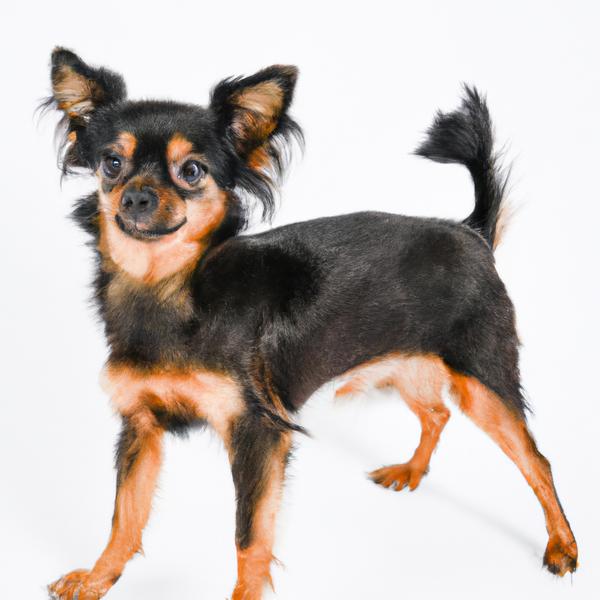
Brusselranian
Papitese vs Brusselranian
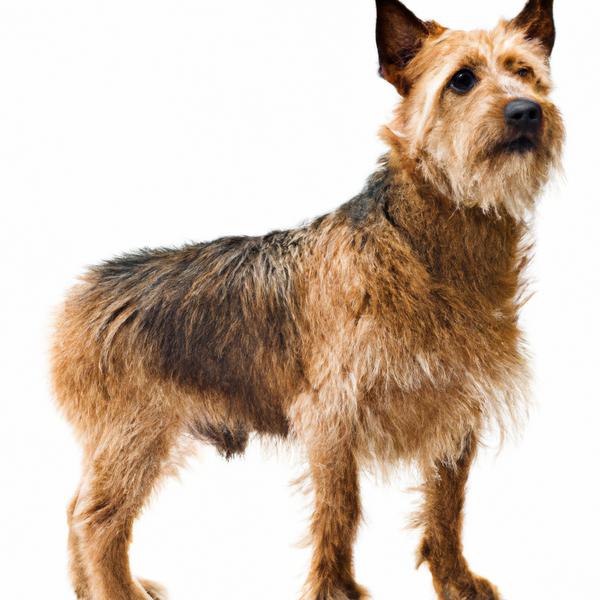
Rustralian Terrier
Papitese vs Rustralian Terrier

Pembroke Welsh Corgi
Papitese vs Pembroke Welsh Corgi
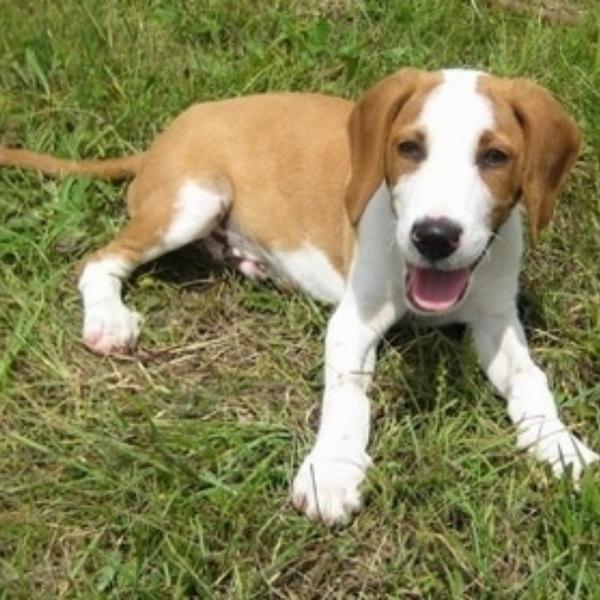
Posavac Hound
Papitese vs Posavac Hound
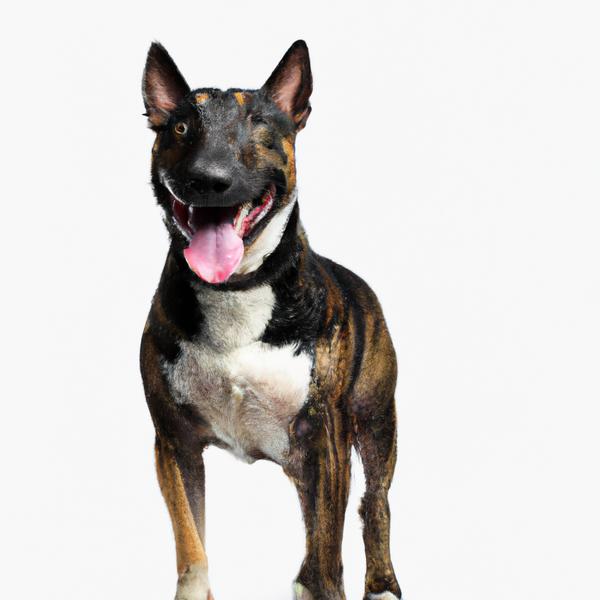
Bull Chow Terrier
Papitese vs Bull Chow Terrier
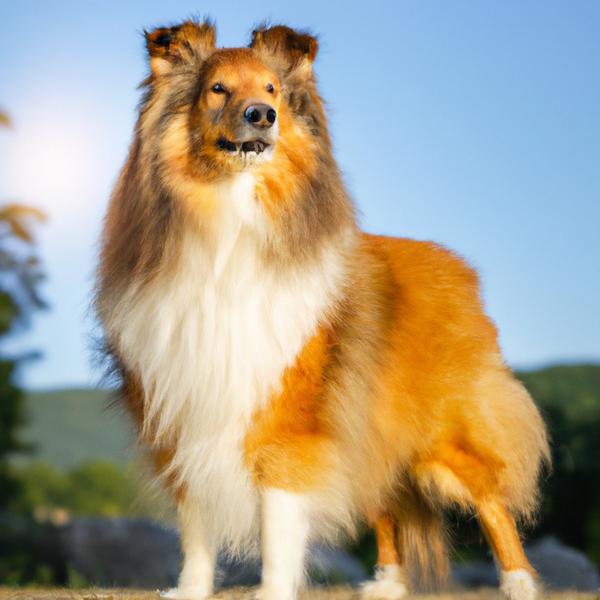
Golden Sheltie
Papitese vs Golden Sheltie
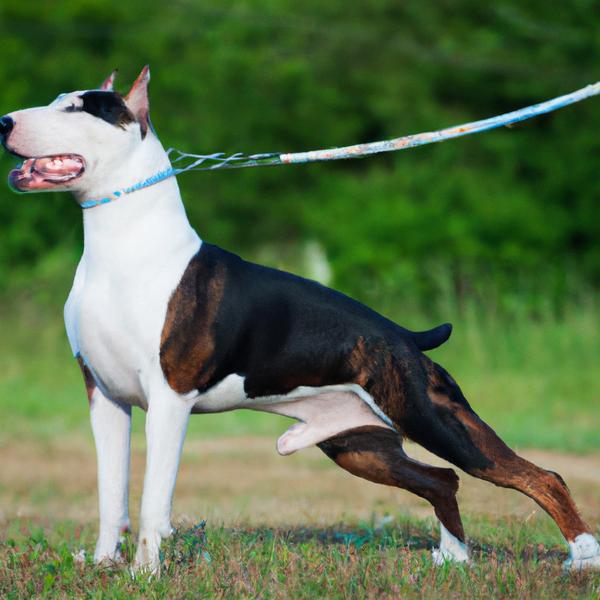
Bullwhip
Papitese vs Bullwhip
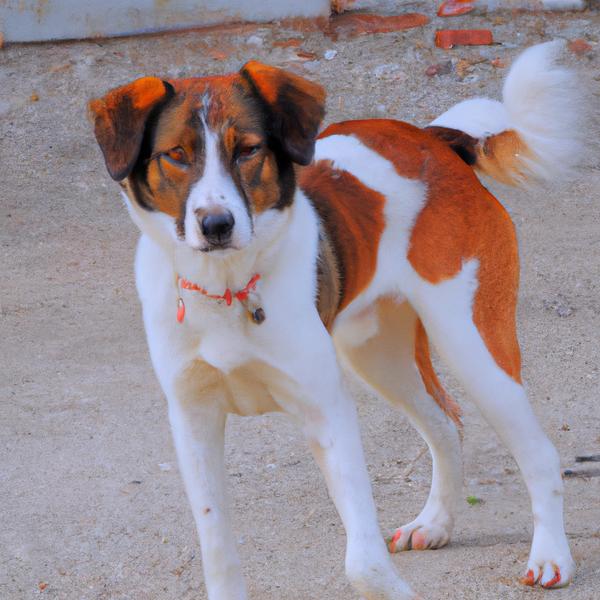
Cotralian
Papitese vs Cotralian
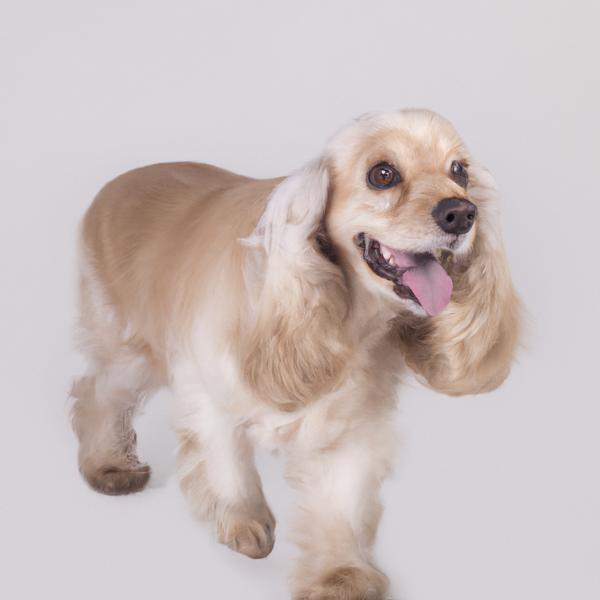
Lha-Cocker
Papitese vs Lha-Cocker

Texas Heeler
Papitese vs Texas Heeler
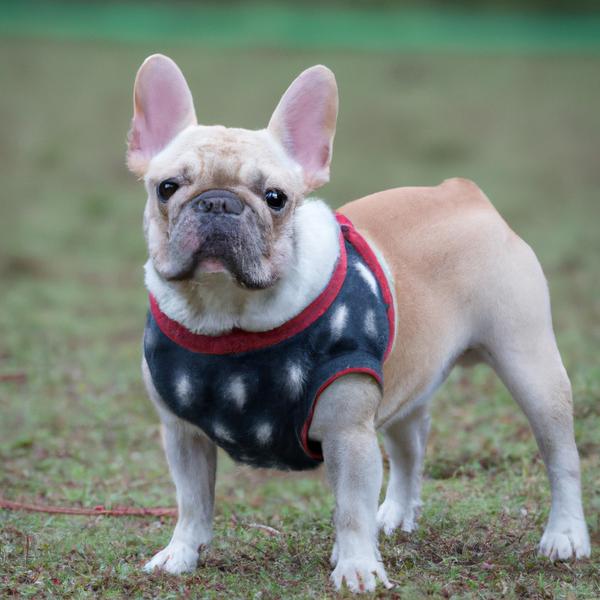
Frenchie-Pei
Papitese vs Frenchie-Pei
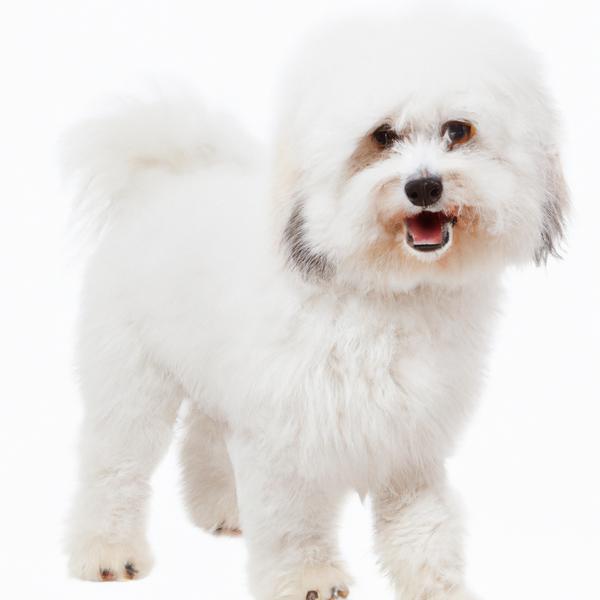
Chinese Frise
Papitese vs Chinese Frise
